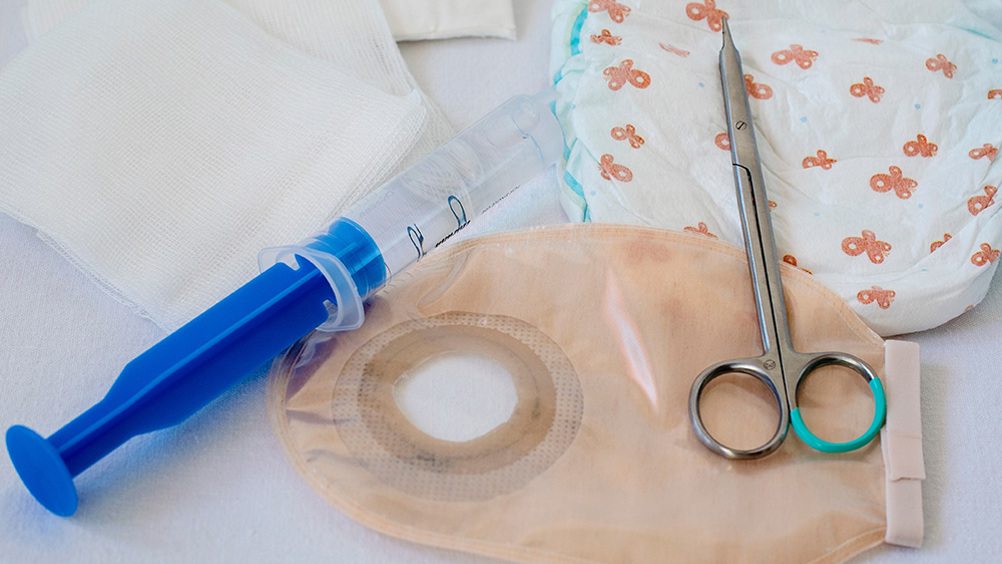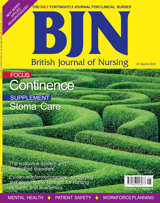References
Not a bag for life… a bag for living

Abstract
Stoma products often look and feel medical and can prevent ostomates from living life to the full. They are not designed to address common problems experienced by patients; they can be bulky and visible, allow flatus to escape, need frequent changing (often disrupting sleep) and are uncomfortable. Pelican Healthcare's ModaVi range of ostomy pouches were designed using insight from intestinal ostomates. The company considered their unmet needs and designed products intended to improve patients' quality of life, allowing them to lead the lives they want. ModaVi pouches have innovative features, including being made of a soft fabric that is comfortable and water resistant, and come in black and neutral colours. The pouches are made in different sizes, which can be altered to meet patients' lifestyles and fit in clothing. In addition, they are adapted for people with poor sight or dexterity, and the simple outlet and viewing window make them easier to use. New and established ostomates have evaluated them positively.
A reported 165 000–200 000 people are living with a stoma in the UK, with approximately 21 000 patients undergoing stoma formation surgery each year (Colostomy UK, 2021).
The most common diseases leading to the formation of a stoma are bowel or bladder cancer, inflammatory bowel disease and diverticulitis; stomas are also formed as a treatment for faecal incontinence, familial adenomatous polyposis, Hirschsprung's disease, spina bifida and Ehlers-Danlos syndrome, or to improve the patient's quality of life in these and other conditions (Burch, 2005). Stomas can be temporary (ileostomy and colostomy) or permanent (ileostomy, colostomy or urostomy).
Ostomates are supported by stoma care nurses in hospital at the time of surgery and following discharge into the community; they will, essentially, never be discharged from the stoma specialist nursing service (Burch, 2008).
Stoma care nurses support ostomates with a variety of stoma-related issues throughout their lifetime (Nugent et al, 1999). These include pouch leakage, fear of certain social activities and difficulties with body image and intimacy. Such common difficulties are often triggered as soon as a patient has undergone surgery but they can arise at any time. Although these issues may be short term for some ostomates, for a substantial proportion they can be long term.
Register now to continue reading
Thank you for visiting British Journal of Nursing and reading some of our peer-reviewed resources for nurses. To read more, please register today. You’ll enjoy the following great benefits:
What's included
-
Limited access to clinical or professional articles
-
Unlimited access to the latest news, blogs and video content

